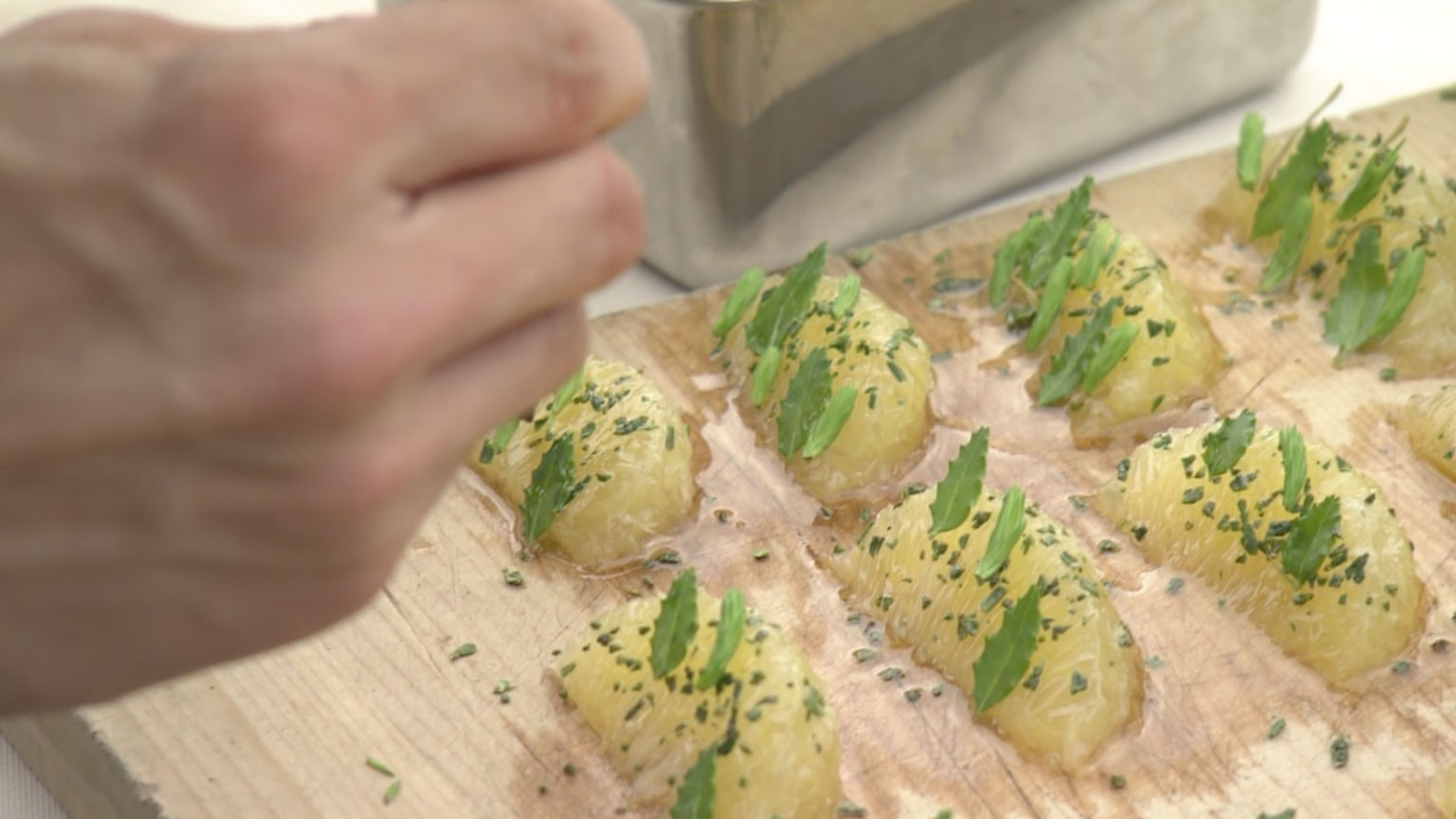"Even the same plants have completely different flavors and aromas depending on the season and location," says Kimoto Rie. It was April, and she was traversing the mountains of Kyoto Prefecture in western Japan with her business partner Furuya Tomoka.
The two are passionate about foraging for wild plants, which they develop into edible products. In 2021, they started activities under the brand name Japanese Botanical Laboratory. They've been selling those products on their website and directly to restaurants.
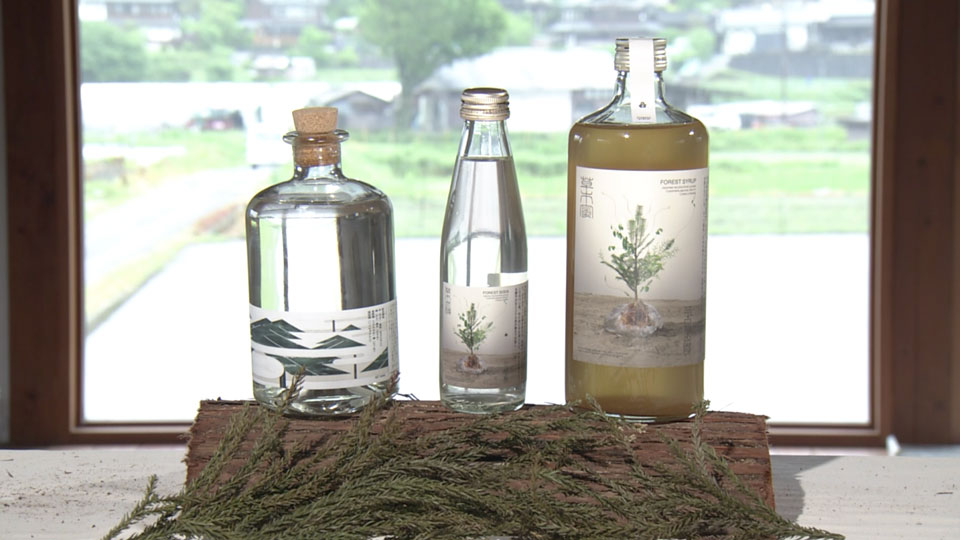
Opportunity in the unknown
About 70 percent of Japan is covered in woodland, giving Kimoto and Furuya ample hunting ground. In turn, they offer wider range of things to eat and drink, from flavored soda and seasoning salt.

Furuya points out that many wild plants are unique to Japan, but most people simply don't know it. And Kimoto says that presents a golden opportunity.
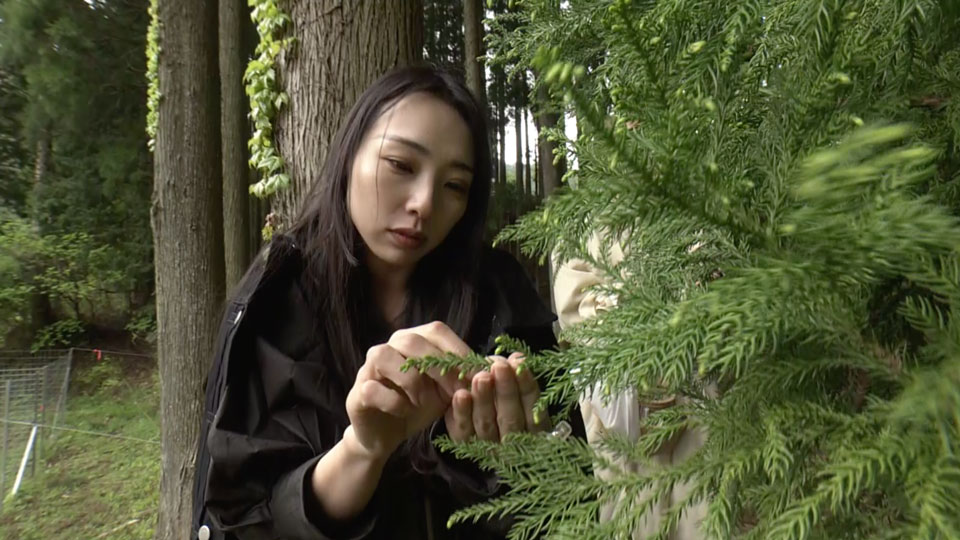
Up in the mountains of Kyoto, they're looking for ingredients to use at their first-ever tasting event, scheduled for May. They start collecting Japanese cedar sprouts. The tree is ubiquitous across the nation, but few people are aware that it tastes so refreshing — or as Kimoto and Furuya put it, "like grapefruit or green apple."
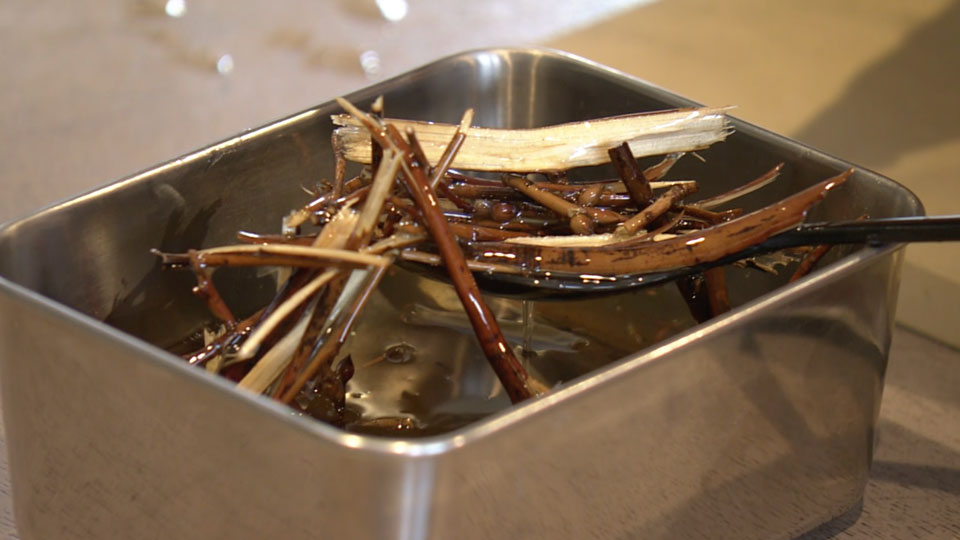
They're also collecting the leaves and branches from kuromoji Japanese camphors. The tree boasts a distinctive aroma and spicy flavor, but is used a lot more in wellness treatments than cooking.
Help from the top
To develop a menu for their event, Kimoto and Furuya seek the help of top chef Haga Ryo, who works at a renowned restaurant in Europe.
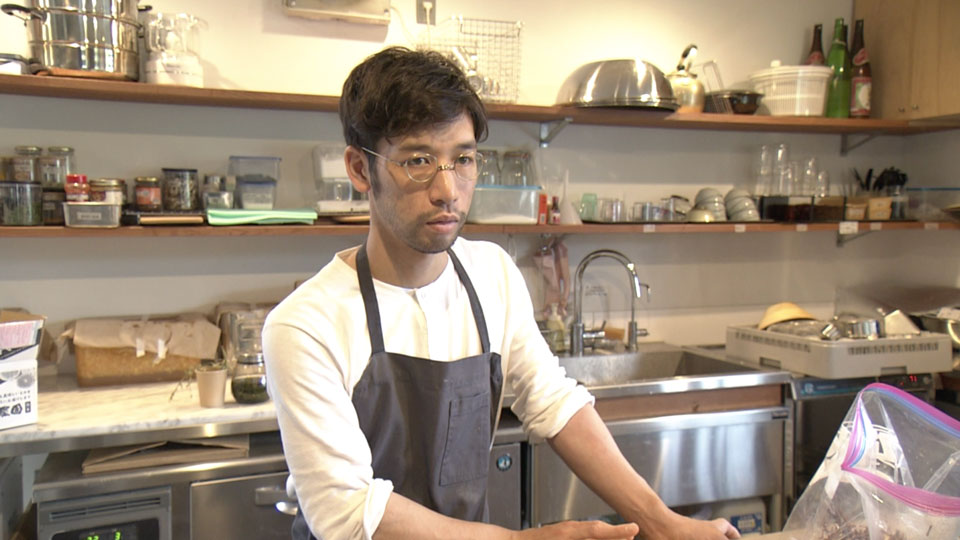
Haga infuses kuromoji extract with rice oil to create a dressing for kawachi bankan, a citrus native to southwestern Japan. The dish is then topped with fresh cedar sprout.
Furuya uses the same fruit to make fermented juice and also creates a kuromoji tea by extracted with ice to remove miscellaneous flavors that would make the taste mellow.
Working with Kimoto and Furuya provided Haga with a great deal of inspiration. "The fact that we chefs can use the unique ingredients they have brought to our attention could have a fundamental impact on Japan's food culture," he says.
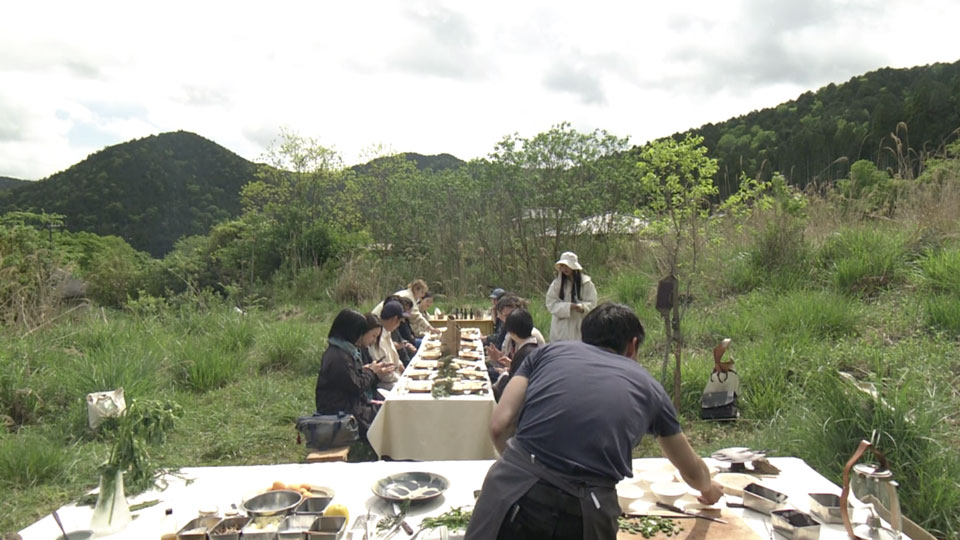
The event attracts 13 people, some from as far away as Tokyo, to a beautiful part of Kyoto between the suburbs and mountains beyond. They sample the menu, while Kimoto and Furuya explain how the dishes are prepared and cooked. The participants are also encouraged to snap and smell a kuromoji branch to get a feel for the raw aroma.
Changing perceptions
Evidently, the experience provided a workout for the senses. "I feel like I have a new circuit connecting food with the scent of the mountain plants," says one participant.
Kimoto offers similar sentiments. She hopes the experience of tasting wild plants in such an idyllic place will change people's views about what Japan's mountains have to offer.
And Furuya believes this is just the start, adding that they eventually hope to turn one inspiring menu into a bona-fide range of new products.
